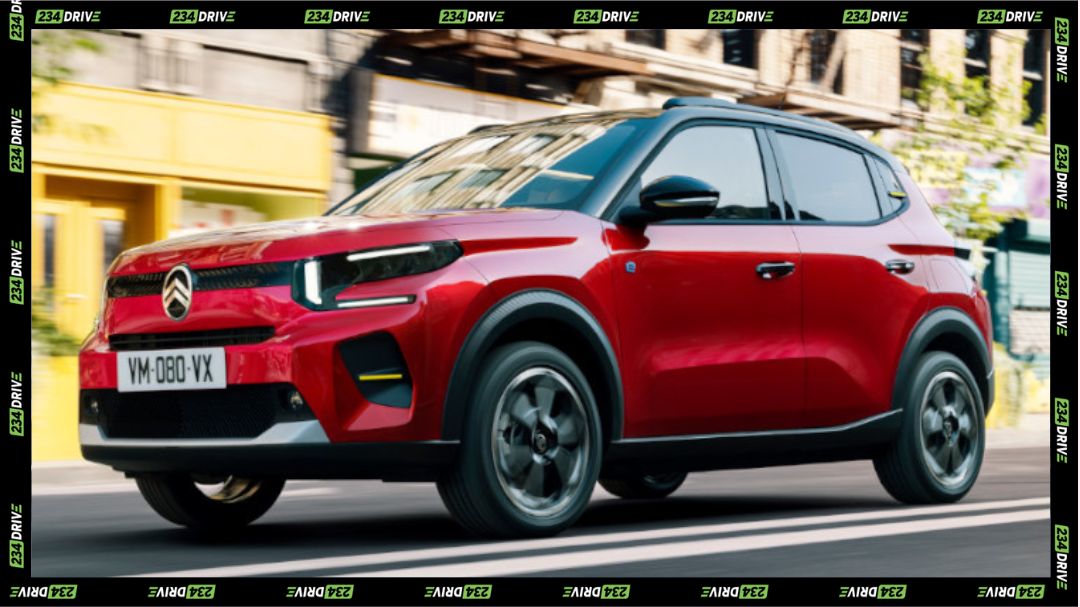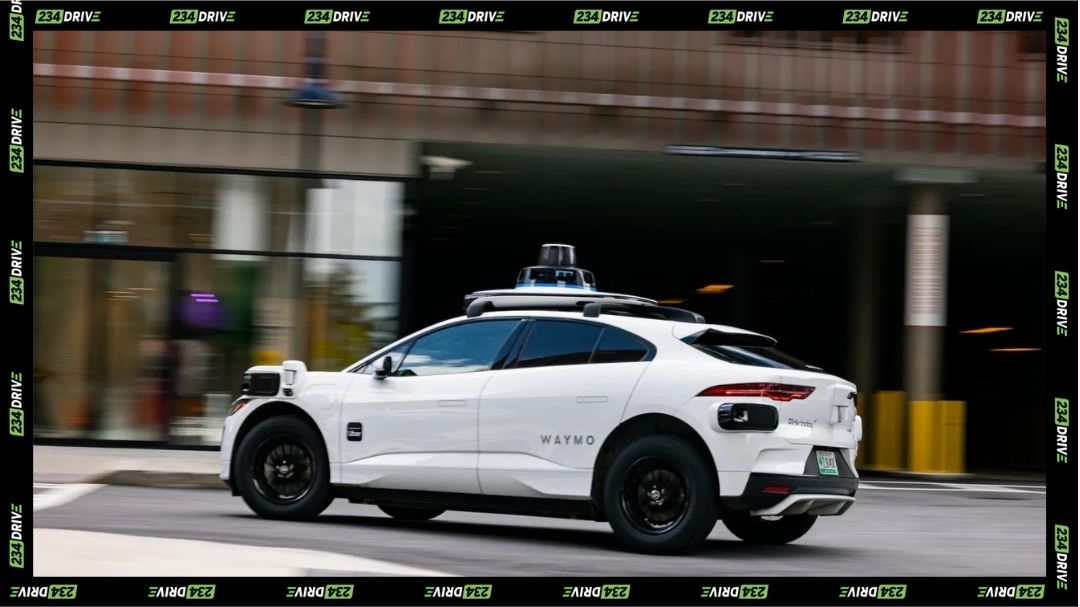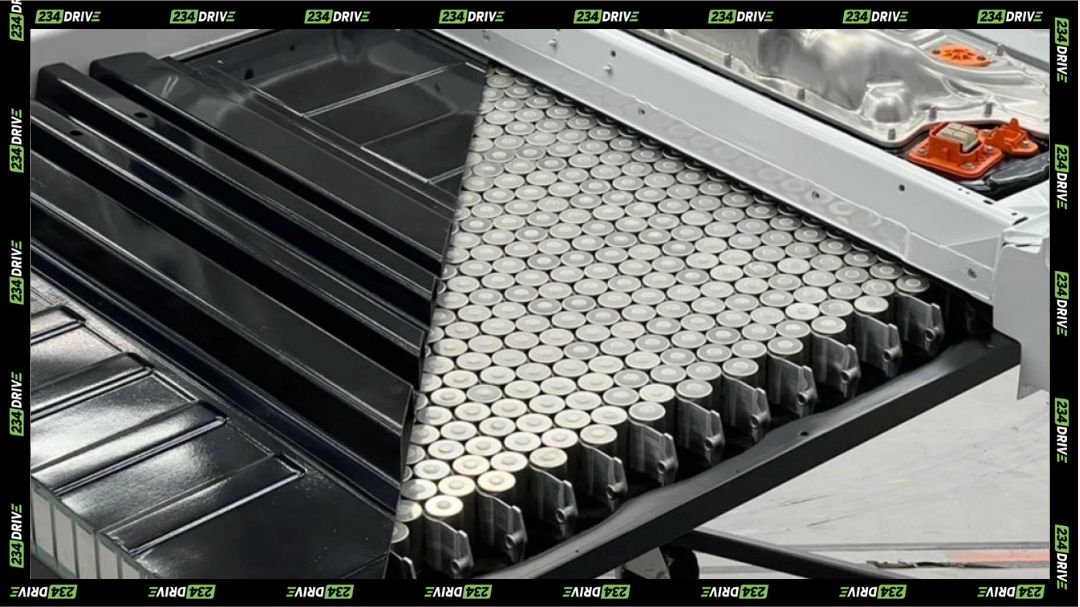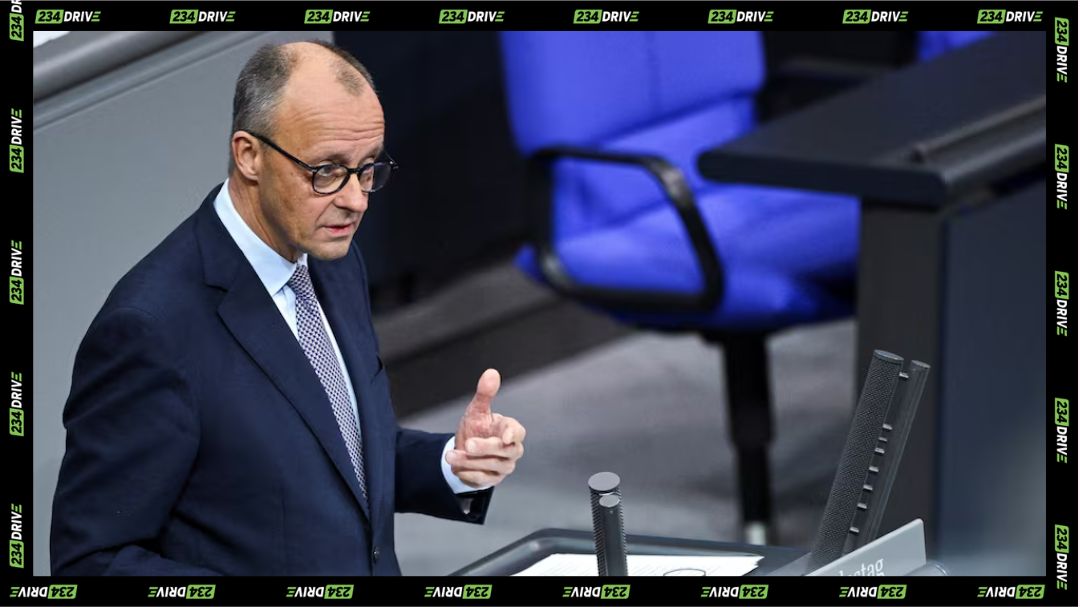On May 27, 2025, Tesla quietly made history. The world’s most valuable car company established a subsidiary in Casablanca, Morocco—its first official foothold in Africa. The implications? Massive.
This isn’t just another international office. It’s a signal. Tesla sees opportunity in Africa, and Morocco is the gateway.
Tesla Source: Hespress
Why Morocco, and Why Now?
Morocco has spent the last decade positioning itself as Africa’s manufacturing and green energy darling. The country produces over 700,000 vehicles annually, mostly for export. It boasts a deep port at Tangier Med, access to Europe, and a government that actually plans for the long term.
For a company like Tesla, the location checks every box: strategic logistics, renewable energy capacity, skilled labour, and political stability. Add to that Morocco’s free-trade agreements with over 50 countries, and the market access becomes even more appealing.
So, on that day in May, Tesla Morocco was born. Backed by MAD 27.5 million (about $2.75 million USD) in initial capital, the subsidiary was registered under Tesla International B.V. and Tesla Motors Netherlands B.V. It will handle everything from EV imports and sales to solar panels and battery storage.
But here’s where things get interesting—a possible gigafactory.
Is a Factory Really Coming to Kenitra?
Tesla Model Y. Source: Jiddmotorsmitsubishi
Rumours about a Tesla factory in Kenitra have been circulating since early 2025. Some media outlets now report it as fact. Others, like Morocco World News, dismissed earlier claims as an April Fool’s joke. And yet, as of June 2025, the story has gained renewed momentum.
So what do we know?
- Reports cite a $5 billion investment.
- The proposed site? A 300-hectare stretch near Tangier Med.
- Production capacity? 400,000 EVs per year, starting 2027.
- Job creation? Around 25,000.
- Vehicle models? The Model Y and a compact $25,000 EV tailored for emerging markets.
Tesla is yet to confirm these plans officially. There are no press releases or tweets from Elon Musk himself. But with multiple sources now citing progress, and Morocco’s own economic ministries showing signs of coordination, the pieces are aligning.
If confirmed, this factory could join the ranks of Tesla’s other international manufacturing plants like Giga Shanghai and Giga Berlin. And just like in those countries, Morocco could soon see a ripple effect across local industries—from aluminum manufacturing to AI-powered logistics.
Subsidiary Now, Factory Later?
Tesla Morocco already operates Superchargers in cities like Casablanca, Agadir, Tangier, Fes, and Marrakech. These have been in place since 2021, suggesting that Tesla had been laying groundwork for years before making anything official.
Beyond charging stations, Tesla is expected to roll out solar and energy storage solutions. Morocco’s national strategy includes a shift to 52% renewable energy by 2030—aligning perfectly with Tesla’s clean energy mission.
If the Kenitra factory materializes, Morocco won’t just be a sales outlet; it’ll become Tesla’s Africa HQ in all but name. From research and development to local battery production, it’s a playbook Tesla has used in Germany and China—and it might be repeating it in North Africa.
What This Means for Africa
Tesla Vehicle Source: Atalayar
Tesla isn’t just selling cars. It’s selling a vision of clean, tech-driven infrastructure. That includes solar panels on rooftops, battery packs stabilizing grids, and EVs redefining transport in crowded cities.
For African nations watching from the sidelines, Morocco just leapfrogged them. And fast.
Expect ripple effects:
- Other automakers may follow Tesla into North Africa.
- Governments will reconsider their EV incentives (or lack thereof).
- Startups in clean energy and mobility will suddenly look more fundable.
There’s also the talent angle. Universities and polytechnics in Morocco are already in talks to develop EV-related programs in battery systems, electronics, and vehicle engineering. This means a pipeline of skilled workers ready to support the ecosystem.
Plus, Tesla’s presence could spark an entire supply chain boom. Morocco already has strong reserves of cobalt and phosphate—critical for battery production. Chinese battery giants like Gotion High-Tech and BTR New Materials are already investing in processing plants nearby. Tesla’s entry could speed up vertical integration in the region.
A Signal to Investors
Tesla’s entry is more than a business move—it’s a signal to global investors that Africa is ready for clean tech at scale. We’re talking about a continent with the youngest population, increasing smartphone penetration, and rapidly growing cities. Electric mobility isn’t a distant future—it’s an urgent need.
Morocco, by securing Tesla’s interest, is essentially branding itself as the Silicon Valley of EVs for the continent. And if this works, it could trigger a domino effect: Rwanda, Kenya, Ghana, and even South Africa might double down on attracting clean tech firms.
Investors are also paying attention to policy alignment. Morocco has already committed to reducing its carbon emissions by 45.5% by 2030 under the Paris Agreement. By syncing its climate goals with Tesla’s tech, the nation becomes a strategic case study in how emerging economies can leapfrog into future industries.
Challenges Ahead
Tesla Model 3 Source: Carwow
Of course, it’s not all smooth sailing. Infrastructure gaps still exist in much of Africa. Power grids remain unreliable in many parts of the continent. EV adoption will also be slow unless governments subsidize vehicles or invest in mass transit electrification.
Tesla’s price point is another factor. Even a $25,000 EV is still out of reach for most middle-class Africans, especially when compared to the current state of electric vehicles in Nigeria. So unless Tesla introduces local financing or strategic partnerships, early buyers will likely come from the upper-income bracket.
Additionally, geopolitical tensions and currency fluctuations across the continent could impact long-term operations. However, Morocco’s relative political stability gives Tesla a safe starting point.
Tesla will also need to localize its after-sales services, ensuring spare parts, trained technicians, and customer service frameworks are in place. Without this, brand trust may suffer—especially in markets unfamiliar with high-end EV technology.
What Comes Next?
The next few months will be crucial. If ground is broken in Kenitra by September 2025 as speculated, Tesla’s presence in Africa will shift from symbolic to industrial.
We may see a phased rollout:
- Late 2025–2026: Construction, talent sourcing, government partnerships.
- 2027: Pre-production and pilot testing.
- 2028: Commercial production and regional exports.
What’s more, Morocco could become the launchpad for a pan-African Tesla strategy—supporting vehicle sales and energy solutions in Egypt, Nigeria, Kenya, and South Africa through regional hubs.
Final Thoughts
So yes, Tesla is setting up shop in Africa—with Morocco as its launchpad. The subsidiary is real, the Superchargers are live, and the ambitions are global.
The factory? Still murky. But where there’s smoke (and 27.5 million dirhams), there just might be a fire.
If Tesla does follow through on its manufacturing plans, Morocco could cement itself as the automotive and renewable energy capital of Africa. And the continent? It stands to benefit from the innovation, jobs, and infrastructure that follow.
Africa’s EV story is just beginning. And Tesla’s name is already in the first chapter.










